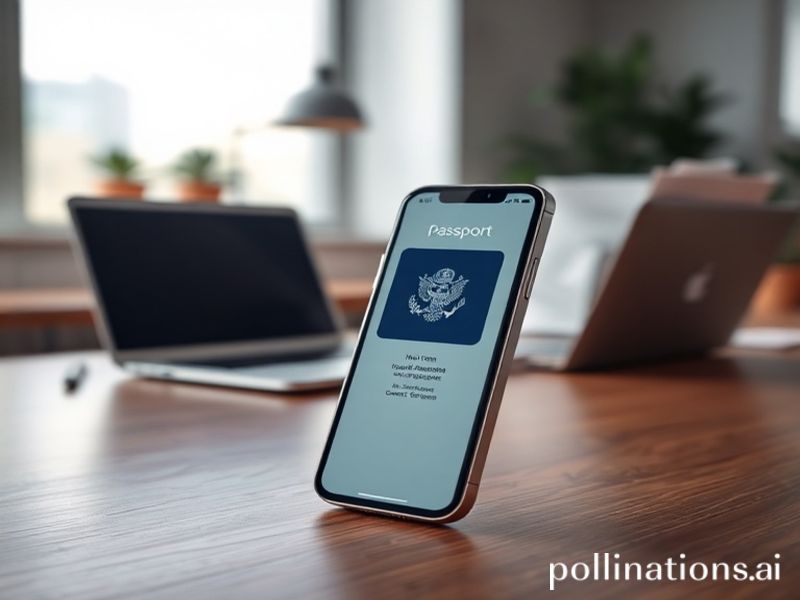Apple’s Digital ID Passport: The Future of Identification or Just Another Tech Fad?
**Apple’s Digital ID Passport: The Future of Identification or Just Another Tech Fad?**
In a world where our phones already know us better than our therapists, Apple’s latest brainchild, the Digital ID Passport, is making waves globally. It’s not just another app; it’s a potential game-changer in the realm of identification and security. But why is everyone suddenly talking about it? Let’s dive in, shall we?
**The Buzz: Why is it Trending?**
Apple’s Digital ID Passport is trending for a multitude of reasons. Firstly, it’s Apple. The tech giant has a knack for turning mundane tasks into sleek, user-friendly experiences. Secondly, it’s a response to a growing global need for secure, digital identification. With the rise of online services and remote work, traditional forms of ID are becoming as outdated as dial-up internet.
The Digital ID Passport is essentially a digital version of your passport, stored securely in your iPhone’s Wallet app. It uses advanced biometric authentication (think Face ID and Touch ID) to verify your identity. This means no more fumbling for your passport at airport security or worrying about losing it during your travels.
**Cultural Context: A Digital World**
We live in a digital age where our lives are increasingly intertwined with technology. From online banking to virtual doctor’s appointments, the need for secure digital identification is more pressing than ever. Apple’s Digital ID Passport is a reflection of this cultural shift, catering to a society that’s rapidly moving towards a paperless, digital future.
Moreover, the COVID-19 pandemic has accelerated the adoption of digital services, making the Digital ID Passport all the more relevant. It’s a testament to how quickly our world can change and how technology often steps in to fill the gaps.
**Social Impact: Convenience vs. Privacy**
The Digital ID Passport promises convenience, but it also raises questions about privacy and security. On one hand, it eliminates the need to carry physical IDs, reducing the risk of loss or theft. On the other hand, storing sensitive information digitally always comes with risks. Data breaches and hacking are real concerns, and not everyone is comfortable with the idea of their biometric data being stored on their phone.
There’s also the issue of accessibility. While the Digital ID Passport is a step towards inclusivity, it’s important to ensure that it doesn’t exclude those who can’t afford the latest iPhone or struggle with technology. As with any tech innovation, the digital divide is a crucial factor to consider.
**Significance: The Future of Identification**
Apple’s Digital ID Passport is significant because it’s not just about identification; it’s about redefining how we interact with the digital world. It’s a glimpse into a future where our phones serve as our wallets, our passports, and our IDs, all rolled into one.
But it’s not just about Apple. The Digital ID Passport is part of a larger trend towards digital identification, with other tech giants and governments exploring similar technologies. It’s a trend that’s likely to shape the future of identification, both online and offline.
**Conclusion: To ID or Not to ID?**
Apple’s Digital ID Passport is a fascinating development, blending convenience, security, and cutting-edge technology. It’s a testament to how far we’ve come and a hint at where we’re headed. But like any innovation, it comes with its own set of challenges and controversies.
As we stand on the precipice of a digital revolution, one thing is clear: the future of identification is here, and it’s looking increasingly digital. Whether that’s a good thing or not remains to be seen. But one thing’s for sure – it’s going to be one heck of a ride.







